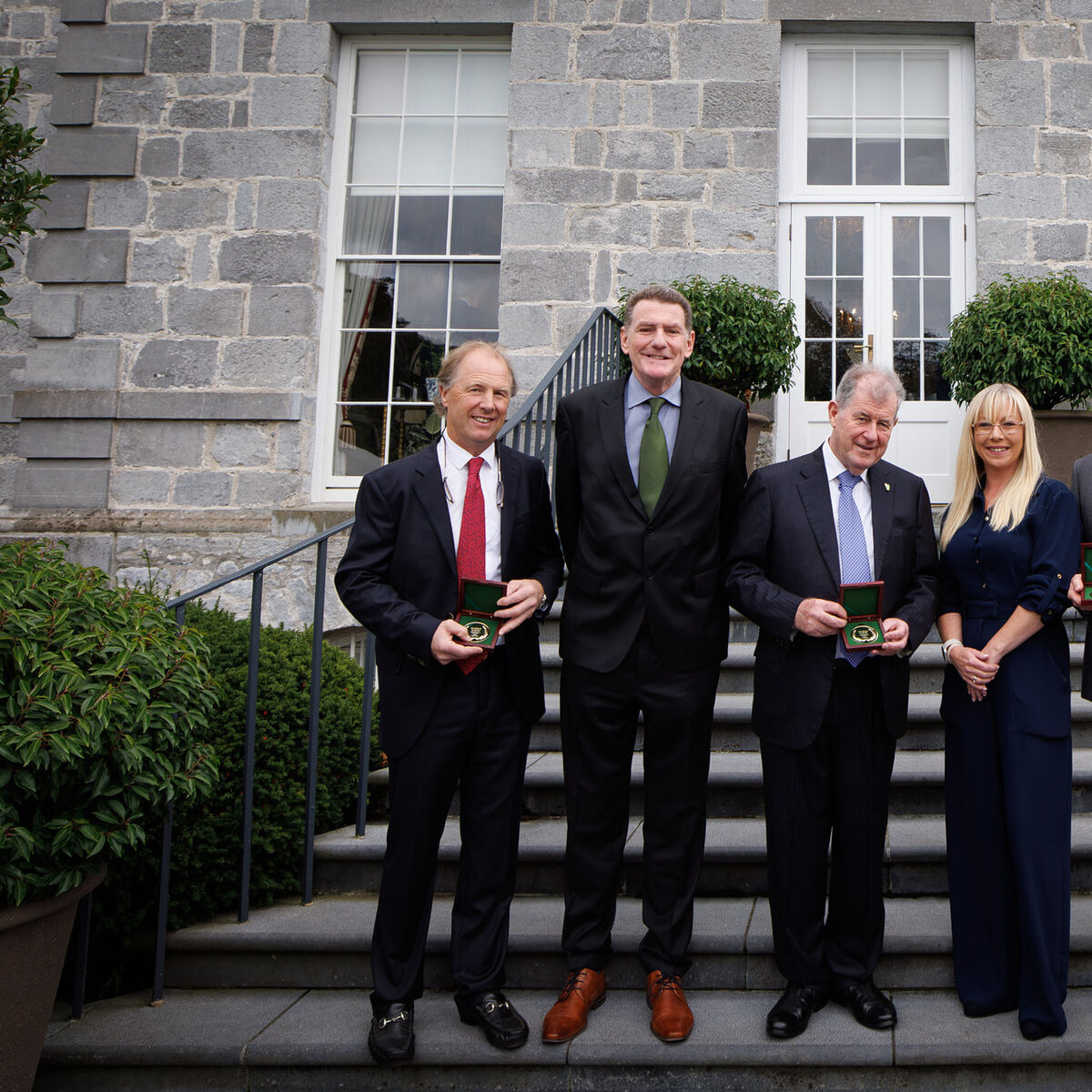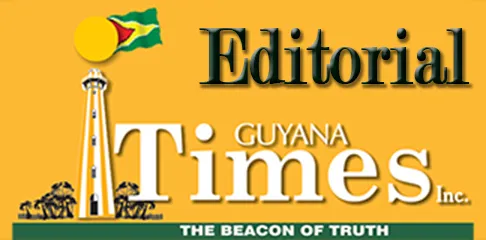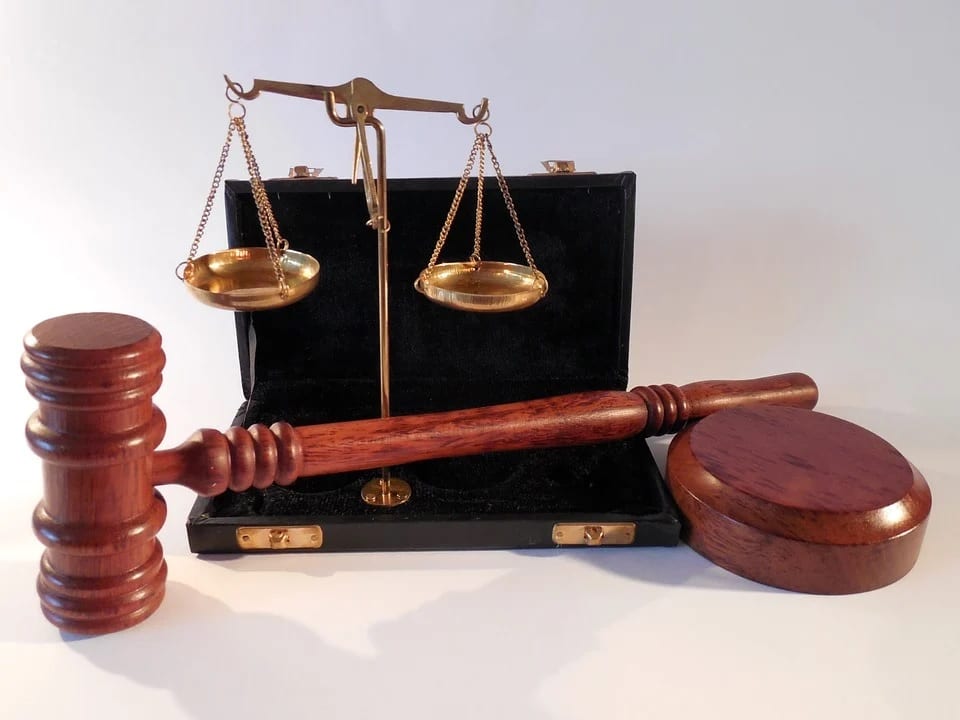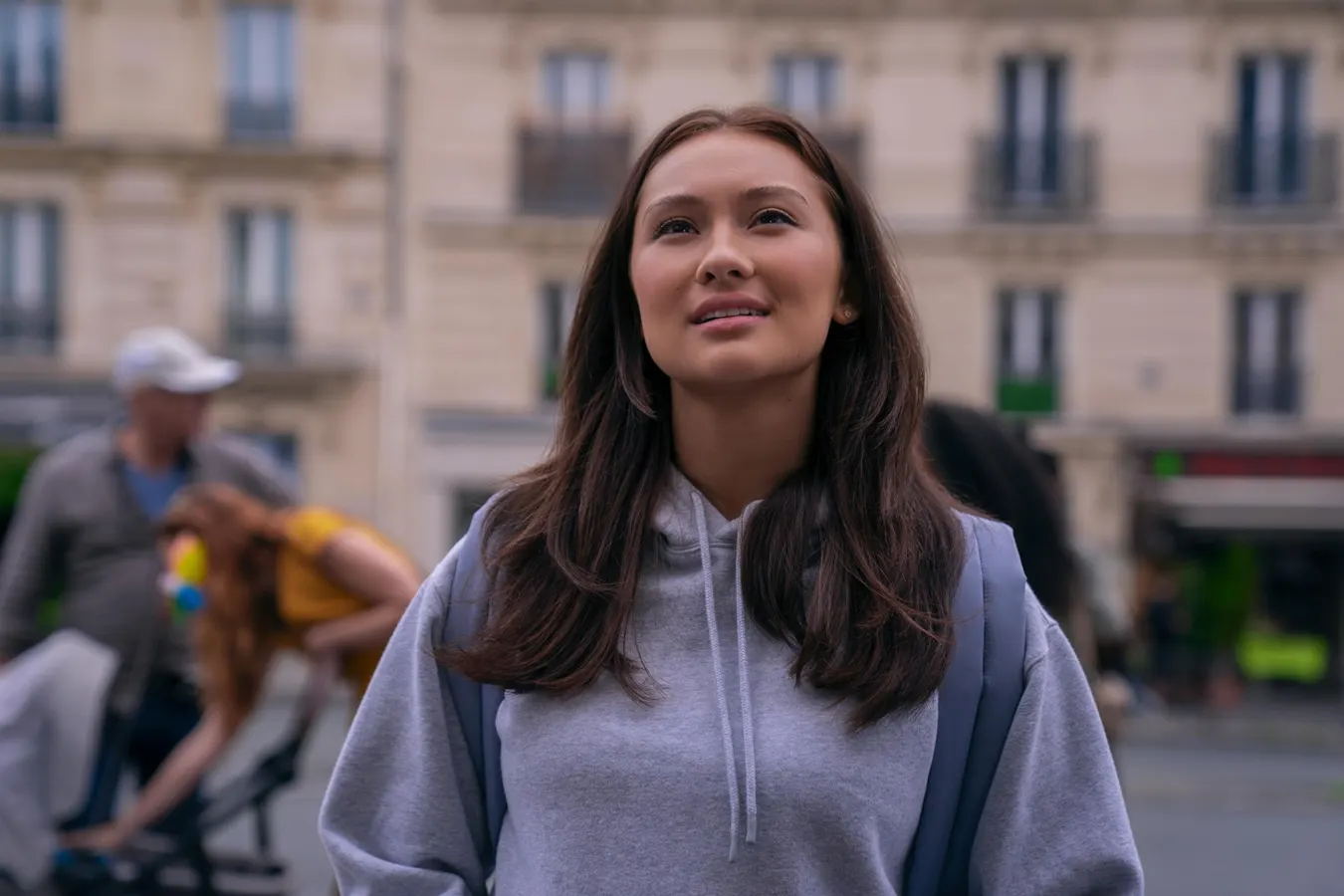By Irishexaminer.com,Tommy Lyons
Copyright irishexaminer

Think of Cheltenham of that era and liken it to the heady days of Euro ’88 and Italia ’90. A different time. More innocent? Sure. Better? Who knows! But barnstorm-ingly brilliant? Certainly.
Istabraq was a raw athlete, a talent the likes of which had not been seen for the best part of another equine generation, and his trainer, Aidan O’Brien, was a fresh-faced young Wexford native seeking to make his name in the racing world.
Following Istabraq’s win in the Sun Alliance Novice Hurdle of 1997, there came one, two, then three Champion Hurdles, and oh how it might have been four but for the intervention of Foot And Mouth.
In and around the parade ring, they sang songs about this horse, this equine superstar, and even Brendan Grace got in on that act. Istabraq captured the imagination and, of course, he had a backstory.
John Durkan, who spent time as assistant to John Gosden — the first trainer of Istabraq — had eyed the then Flat horse as one he’d love to send over jumps and, intending on taking out his own licence to train, he acquired the horse to kickstart his career.
Fate made cruel intervention and Durkan was diagnosed with leukaemia. Prior to treatment, he asked O’Brien to look after the horse in the short term, until his recovery. Sadly, that never happened and Durkan passed away, and what could have been his dream realised, became that of O’Brien, owner JP McManus, and jockey Charlie Swan.
“Istabraq was kind of a mythical character,” said O’Brien. “It was a very unusual horse. With most horses, when the pace gets very fast, their stride gets very short and they’re trying to lie up. But what was unusual about him when he went into top gear, his stride got very long, so it always looked like he went into slow motion.
“It was nearly like those Grand Prix drivers. You know, they say when they get up to a speed, everything slows down in their mind, and that’s the way Istabraq was working.
“His stride used to get real long. You’d look at Istabraq and you’d say they’re going no gallop, and then you’d look at the other horses, and they were all flying. Going to hurdles, he used to take off two strides before every other horse, and he used to land two strides further away.
“Everything about him was smooth, and Charlie was a massive part of him. Charlie was very close to JP, and they knew what each other was thinking. And John, Lord have mercy on him, bought him to go train him and he asked me one day, would I look after him for a year when he went to New York to get leukaemia treatment. And that’s how it all happened.”
The intervening years have been kind to O’Brien, whose career continued its interstellar trajectory to greatness, though his focus on Flat racing was much the loss to the jumping game.
In the two decades since Istabraq last graced the racecourse, O’Brien has been tutor-extraordinaire to many of the finest Flat horses the industry has known, and in Galileo he nursed a champion racehorse who would grab the baton from his sire, Sadlers Wells, and run with it like no other before him.
His genes will frame the breed for many a decade to come and yet, in the most Irish way of all, it is still Istabraq and not Galileo nor the 100-plus Group 1 winners O’Brien has nursed who is the centre of the conversation.
“To this very day, people have still come up to me at the races with pictures of Istabraq to sign. Isn’t that hard to believe? And you know, a lot of them are grown men now and were just kids at the time he ran,” added a bemused O’Brien.
“I’d look at them and I’d say, Janey, these people are my age — but they’re not, they’re a lot younger, obviously. It was the glory days of Cheltenham, though, wasn’t it really?
“I think people were a lot more innocent then. It was before camera phones and social media and all that kind of thing. You went and you stopped and you enjoyed it.”
Istabraq and Galileo were generational talents making, in very different ways, lasting impacts on our sport, but if legacy were a currency, O’Brien would be the Royal Mint of racing.
With Joseph and Donnacha already Classic-winning trainers with the world at their feet, and Ana and qualified vet Sarah working together with a stud farm, the O’Brien name will last long into the future of racing in these isles, even if O’Brien himself is not going anywhere just yet.
“The lads are a long, long ways ahead of where we were at their age,” he firmly asserted. “They’re so much cleverer and wiser and know more about everything. We were going through it all and we didn’t really know what was happening, but they understand it.
“They tell me an awful lot of stuff now and they get me to do things that I would never dream of doing.
“They’re so much more forward than I was at that time. There’s so much about it that I’m only starting to understand now. I’d say they are 20 or 30 years ahead of where we were.”
Whilst Joseph and Donnacha have all the potential in the world and perhaps one day one may be asked to continue their father’s legacy by taking the reins at Ballydoyle, O’Brien maintains all that desire to work and learn and to achieve.
“It’s what we’ve always loved doing. We’ve been very happy because it has been our hobby as well as our work, and that’s the truth. Every single day, I look forward to seeing the horses. And as long as we’re doing it, like I say, we’re only starting to understand it.”



